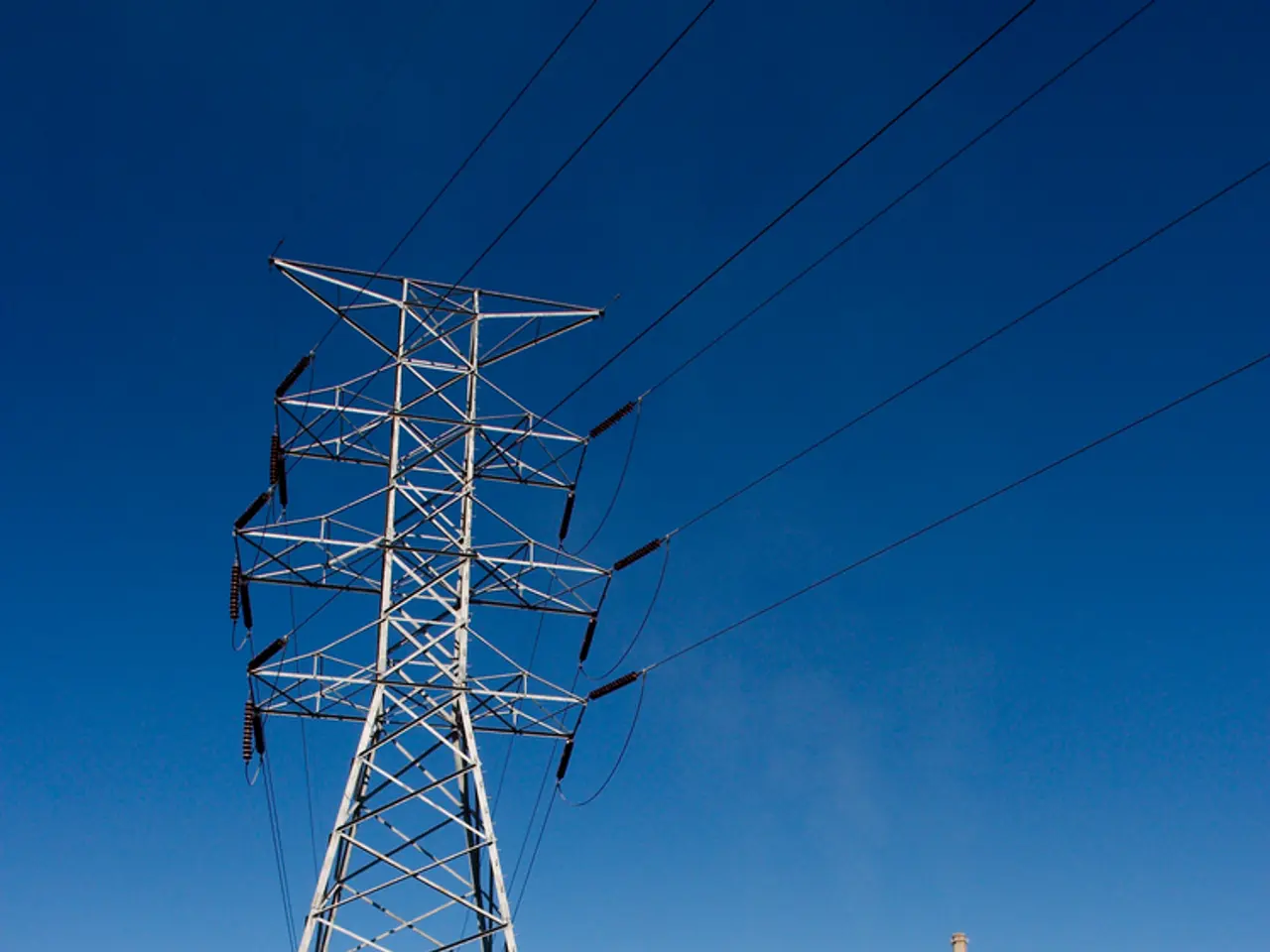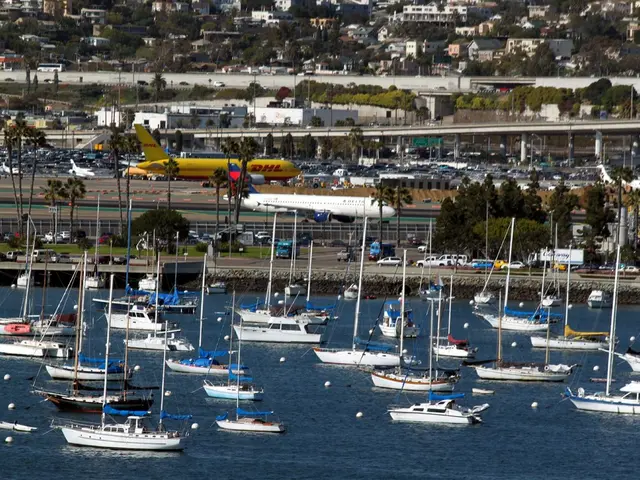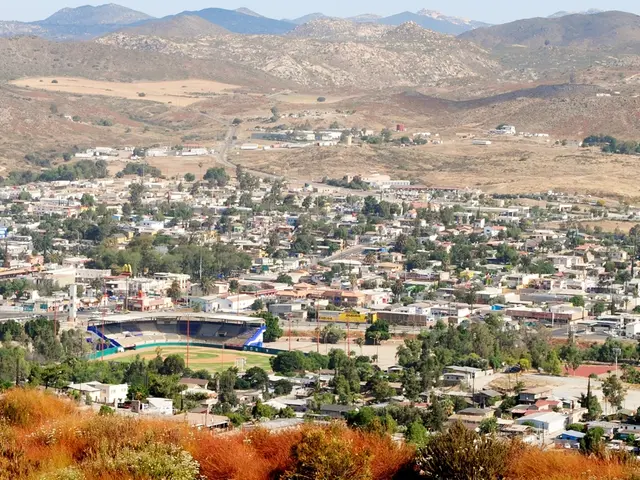Nigeria's Siemens Power Deal: Boosting Grid Capacity to 25,000 MW by 2030
Nigeria's ambitious Presidential Power Initiative (PPI) with Siemens AG is underway, aiming to revolutionize the country's electricity grid in three phases. The primary goal is to boost operational grid capacity from 4,500 MW to a staggering 25,000 MW, addressing longstanding inefficiencies in transmission and distribution.
The project, initially planned to be completed by 2025, has faced delays due to Covid-19 and supply chain issues, with Siemens Power now targeting 2030 for completion. The first phase, focusing on quick-win measures, aims to increase capacity to 7 GW by addressing critical bottlenecks and adding over 700 MW to the grid. This phase is projected to cost around €2 billion, with an estimated power output increase of 2,000 megawatts upon completion.
The financing for the expansion of the transmission and distribution infrastructure in the third phase is provided by the German development bank KfW (Kreditanstalt für Wiederaufbau). Meanwhile, Nigeria is exploring a $2 billion loan from China to construct a 'super grid' as part of the initiative.
The PPI with Siemens AG is a significant step towards improving Nigeria's power infrastructure. With the first phase set to boost capacity significantly, the country looks forward to the completion of the project by 2030, potentially transforming its electricity landscape.
Read also:
- Xiaomi's YU7 SUV Challenges Tesla's Dominance with Impressive Pre-orders and Features
- VinFast Partners with Castrol India for After-Sales Support in India
- Activist Wangchuk Sounds Alarm on Ladakh's Climate Crisis and Silenced Voices
- Railway line in Bavaria threatened by unstable slope - extensive construction site at risk







